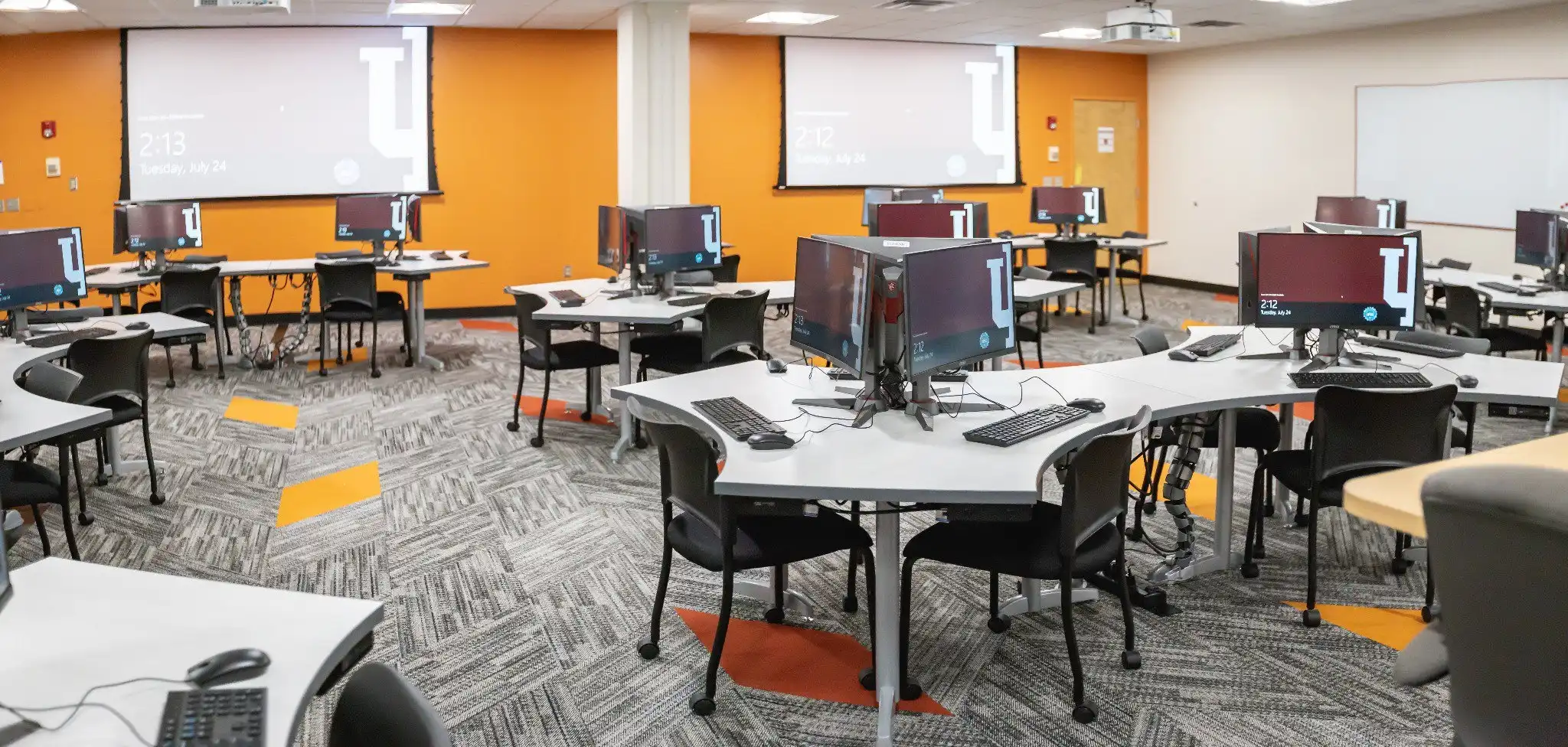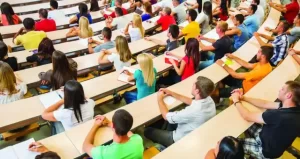
Education
Technology has become increasingly prevalent in classrooms, transforming the way students learn and teachers instruct. Here are some ways in which technology is utilized in the classroom:
Interactive Whiteboards and Displays: Interactive whiteboards and displays enable teachers to present information, videos & interactive activities to the whole class. They allow for dynamic and engaging lessons, where students can interact directly with the content.
Computers and Laptops: Computers and laptops provide access to a wealth of educational resources & software. Students can conduct research, complete assignments, and collaborate on projects using various applications and online platforms.
Tablets and Mobile Devices: Tablets and mobile devices offer mobility and flexibility. They provide access to educational apps, e-books & multimedia content. Students can use them for individualized learning, interactive exercises, and accessing educational materials on the go.
Online Learning Platforms: Learning management systems and online platforms provide a virtual classroom environment where teachers can share resources, assign tasks, and communicate with students. These platforms facilitate blended learning, enabling students to access course materials and complete assignments remotely.
Educational Software and Applications: There is a wide range of educational software and applications available that cater to different subjects and learning levels. These tools offer interactive learning experiences, gamified activities, and personalized instruction.
Virtual Reality (VR) and Augmented Reality (AR): VR & AR technologies immerse students in virtual environments or overlay digital information onto the real world. They enhance experiential learning by simulating real-life scenarios, exploring historical places, or visualizing complex concepts.
Online Research and Collaboration: The internet provides students with access to vast amounts of information for research and exploration. It also enables collaboration among students, allowing them to work together on projects, share ideas, and communicate across distances.
Data Analysis and Personalized Learning: Technology allows for the collection and analysis of student data, which helps identify individual strengths and weaknesses. This data-driven approach facilitates personalized learning - where instruction can be tailored to meet each student's specific needs.
Multimedia Presentations and Digital Content Creation: Students can use technology to create multimedia presentations, videos, and digital projects. This fosters creativity, enhances communication skills, and encourages active participation in the learning process.It’s important to note that the integration of technology in the classroom should be purposeful, aligned with educational goals & supported by appropriate professional development for teachers. Additionally – considerations of digital literacy, internet safety, and equitable access to technology should be taken into account to ensure a positive and inclusive learning environment.







